There are a remarkable amount of World Heritage Sites in South Africa. Given their relevance in human evolution and historical value, UNESCO has designated a total of ten Sites.
1. Fossil Hominid Sites Of South Africa (1999)
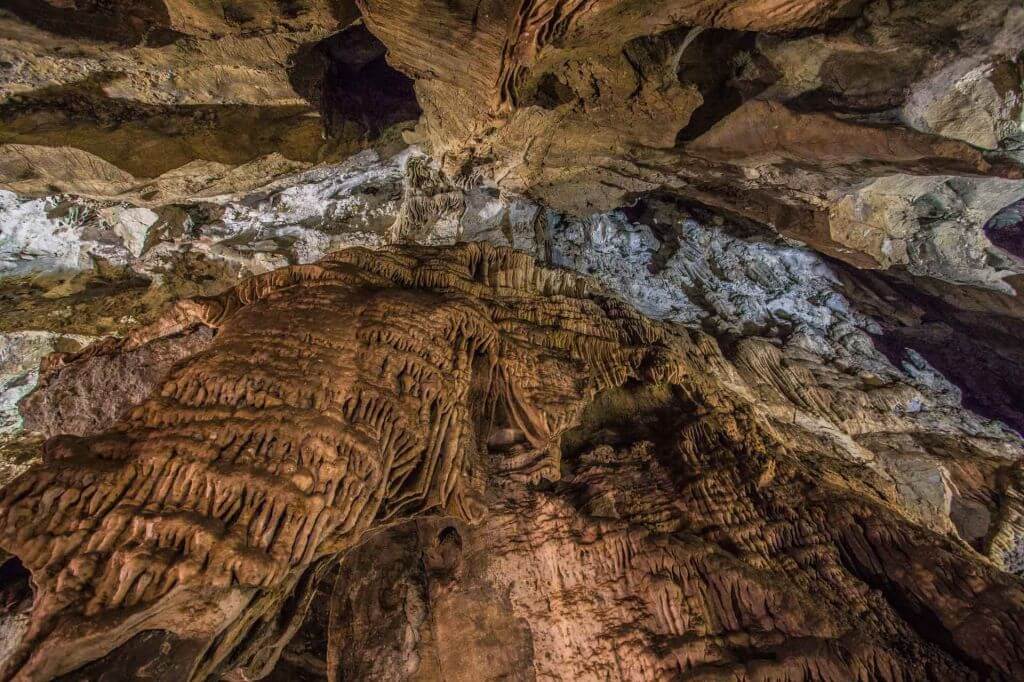
This paleoanthropological site is situated in South Africa, northwest of Johannesburg. In 1999, South Africa added it to the list of UNESCO World Heritage Sites. The entire complex is made up of limestone caves and covers 47,000 hectares. The first 2.3 million-year-old fossil was found in the Sterkfontein Caves. “Mrs. Ples” was the moniker given to it. Following that, a fossil known as the “Taung Child” was found in 1924. More excavations have since been conducted there in an effort to get more fossil samples.
2. ISimangaliso Wetland Park (1999)
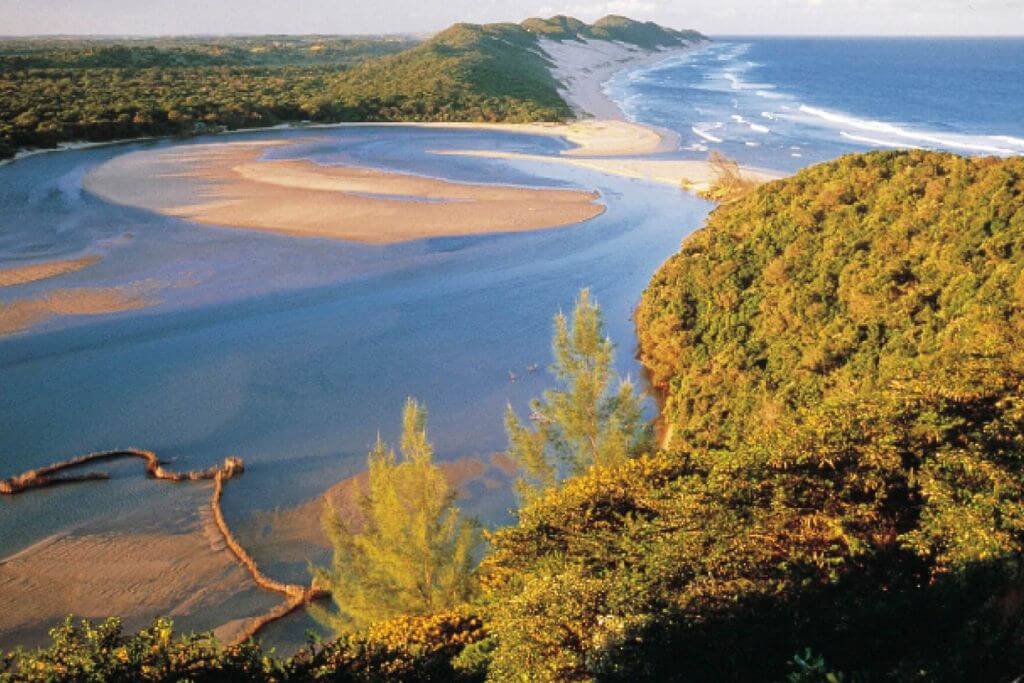
This natural area is situated along KwaZulu-Natal’s coast and is one of South Africa’s World Heritage Sites. With 280 kilometres of coastline and a border with Mozambique, it is the third-largest protected area in the nation. It is made up of a variety of natural environments, including parks, nature preserves, bays, and sanctuaries.
3. Robben Island (1999)
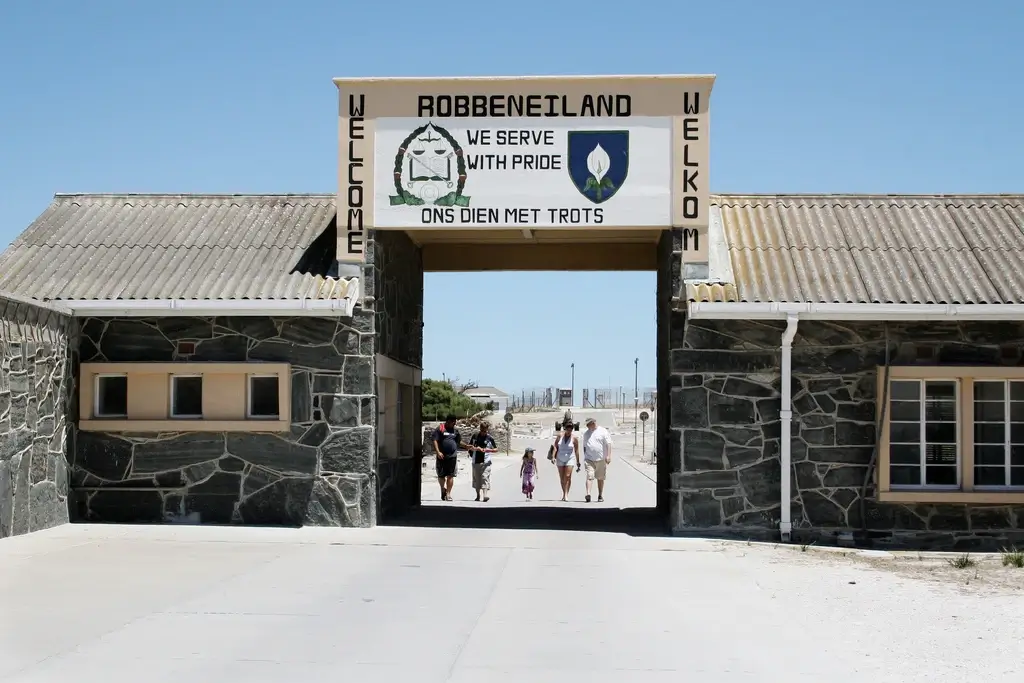
In 1999, this cultural asset was added to South Africa’s list of UNESCO World Heritage Sites. It can be found in South Africa’s Cape Town. The former South African president Nelson Mandela served 18 of his 27 years in prison there, making Robben Island his most famous prison. Apart from Mandela, Kgalema Motlanthe and Jacob Zuma both served as presidents of South Africa.
4. Maloti-Drakensberg Park (2000)
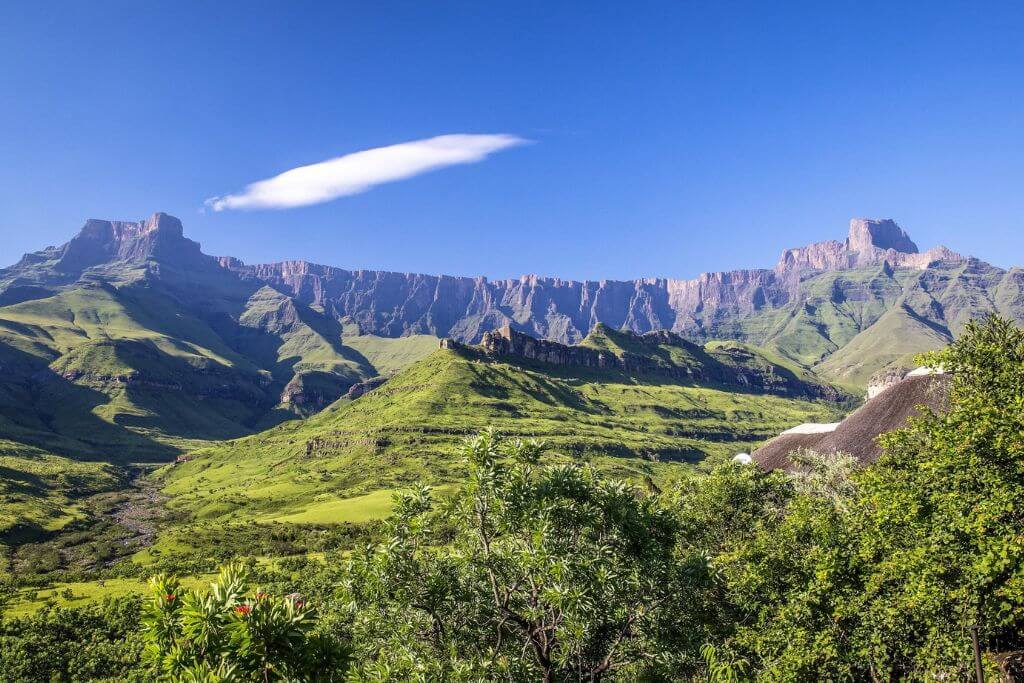
Two nations—Lesotho and South Africa—share this transnational site. Sandstone ramparts, basaltic buttresses, sculpted arches, cliffs, rock pools, pillars, and caverns are among the park’s many stunning features. The habitat is diverse and has a high degree of endemism.
5. Mapungubwe Cultural Landscape (2003)
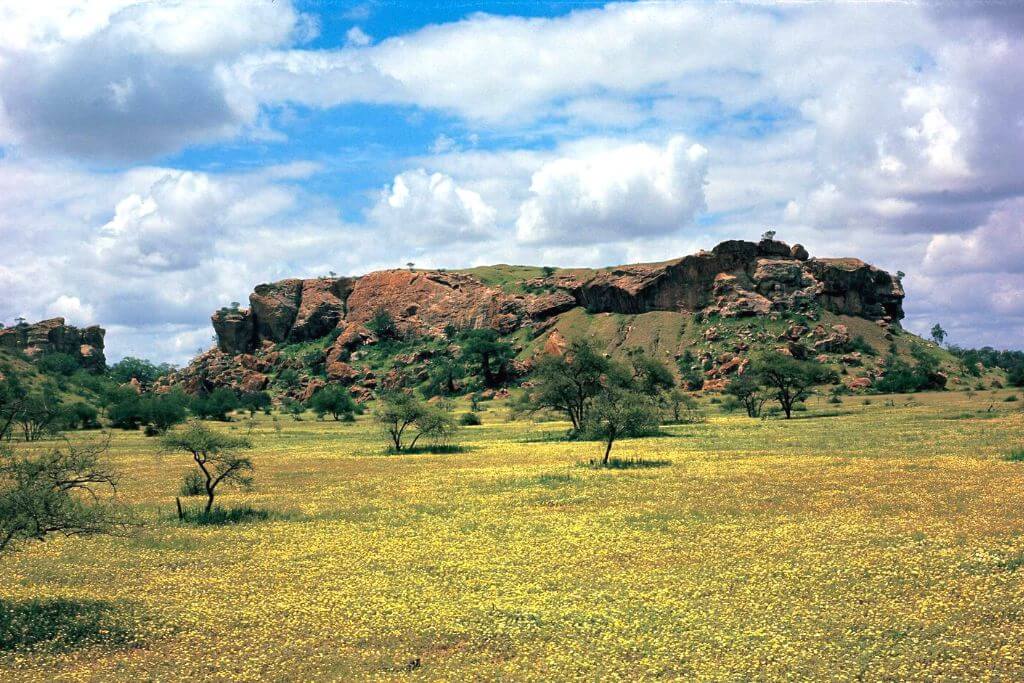
Another location that shares a border with other nations, especially Zimbabwe and Botswana, is this one. This savannah landscape includes an open, vast area where the confluence of the Limpopo and Shashe rivers can be found. Mapungubwe was one of the biggest kingdoms on the continent in the fourteenth century. However, a large portion of the palace sites and village area are still there. These ruins show how a social and political framework evolved over the previous four centuries.
6. Cape Floral Region Protected Areas (2004)
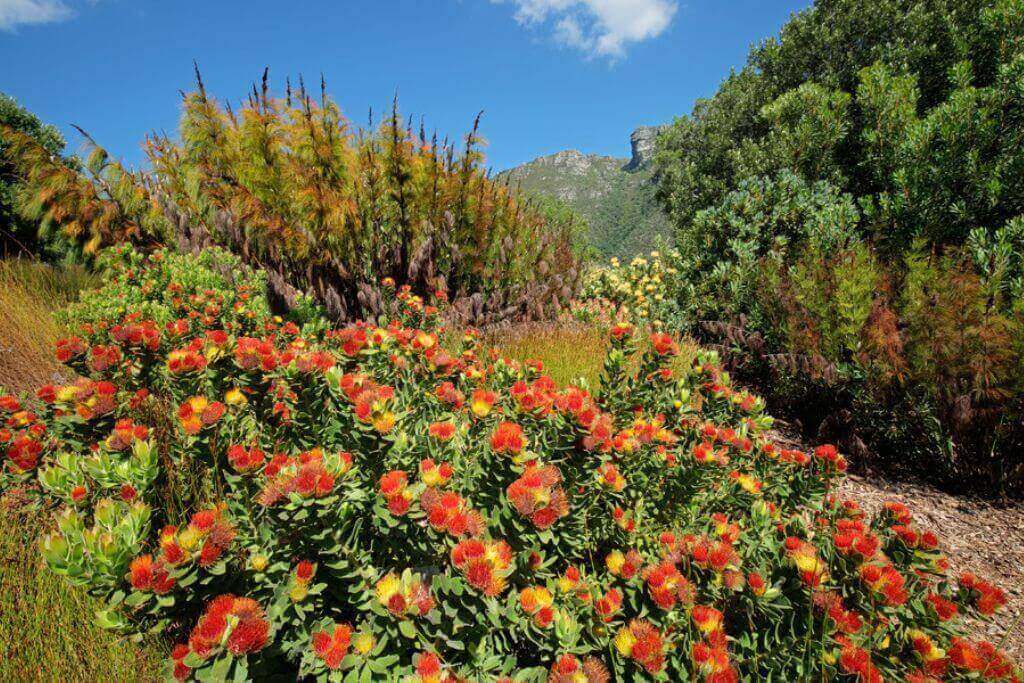
This country’s southernmost floristic region is there. The Cape Floral Region Protected Area is the smallest of the six known floral kingdoms in the world. However, the concentrated amount of diversity and endemism makes up for what it lacks in size. More than 9,000 different vascular plant species, 69% of which are endemic, can be found in the protected region. The region also values this biodiversity for its economic value. In South Africa, it is a well-liked destination for ecotourism. It was designated as one of South Africa’s UNESCO World Heritage Sites as a result.
7. Vredefort Dome (2005)
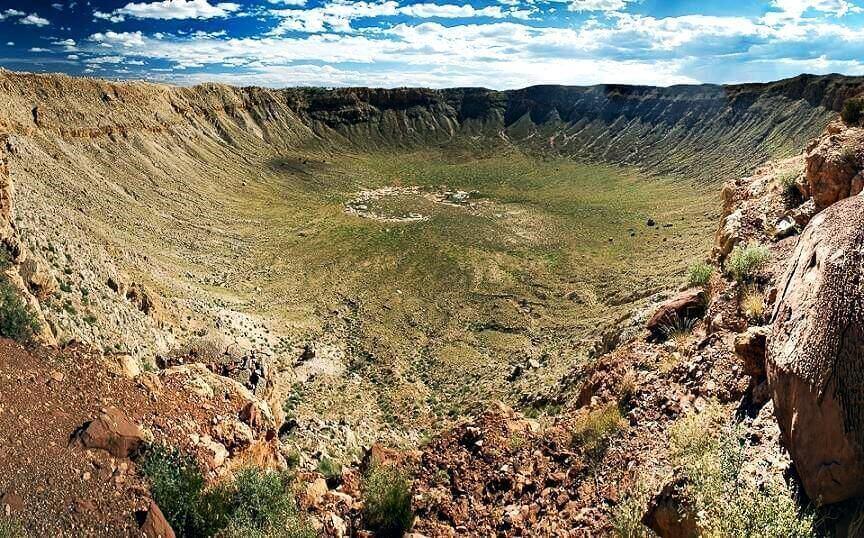
These massive astroblemes, or structures left behind by meteorite impacts, are found near Johannesburg and are millions of years old. In actuality, they are the oldest building of their sort ever discovered in the world. As a result, the study of the planet’s geological past and present benefits from the Vredefort Domes.
8. Richtersveld Cultural And Botanical Landscape (2007)
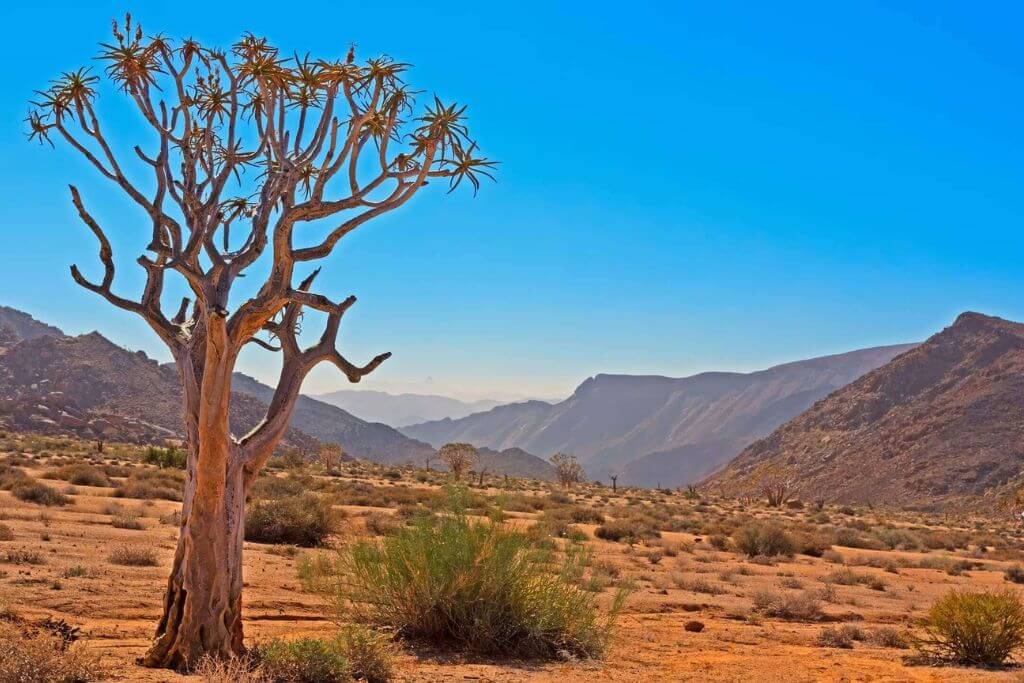
Another cultural property in South Africa that is included on the list of UNESCO World Heritage Sites in this mountainous desert region. A unique environment is created by the combination of the high mountains and untamed kloofs. It is also distinguished by a varied topography, with some areas having flat plains, some having volcanic rocks, and the remaining areas having rugged, steep mountains. The terrain is a favourite with tourists due to its natural beauty, despite being classified as a cultural property.
9. Khomani Cultural Landscape (2017)
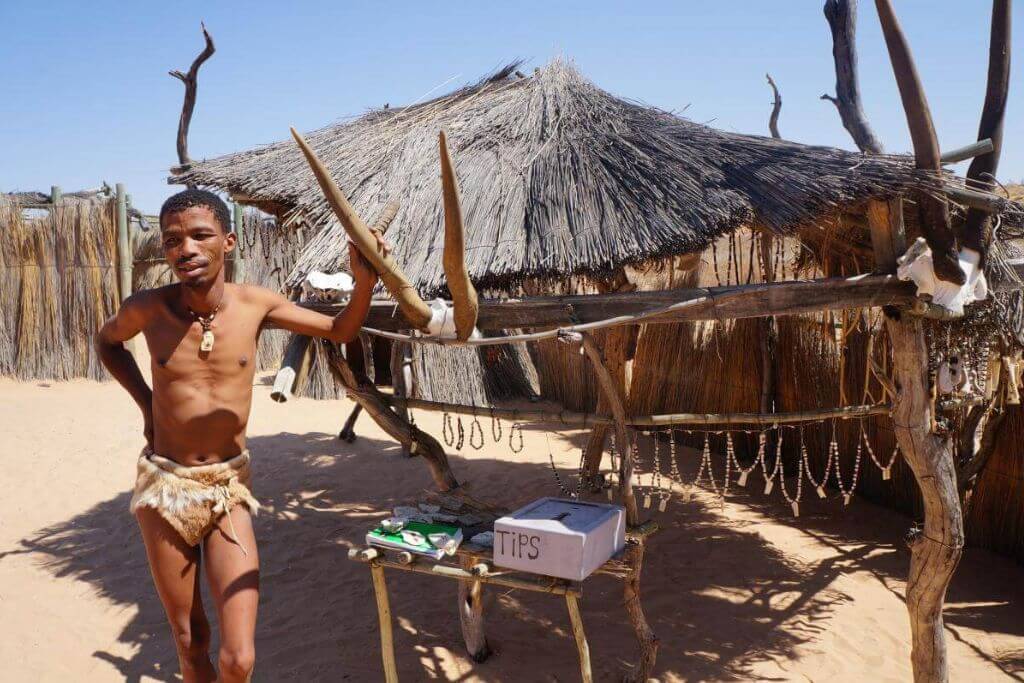
The Komani cultural environment is significant and valuable to all South African indigenous people. These were the first known hunter-gatherers to settle in South Africa. The Khomani cultural environment has a history that dates back up to 20,000 years. The name of the location is consequently seen as a crucial step in recognizing the early customs and cultural life of the Khomani San people, who inhabited the region during the prehistoric period.
10. Barberton Makhonjwa Mountains (2018)
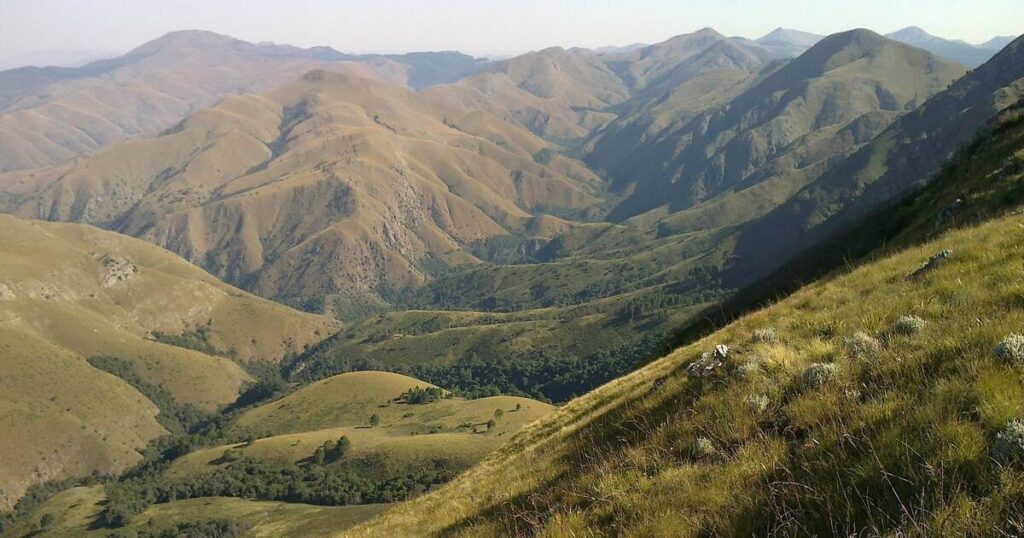
The province’s first UNESCO World Heritage Site is the Barberton Makhonjwa Mountain Land. Mpumalanga, which borders Limpopo and Gauteng, has long been regarded as one of South Africa’s most beautiful provinces due to its stunning topography. The mountains are yet another brilliant gem in this trove.
